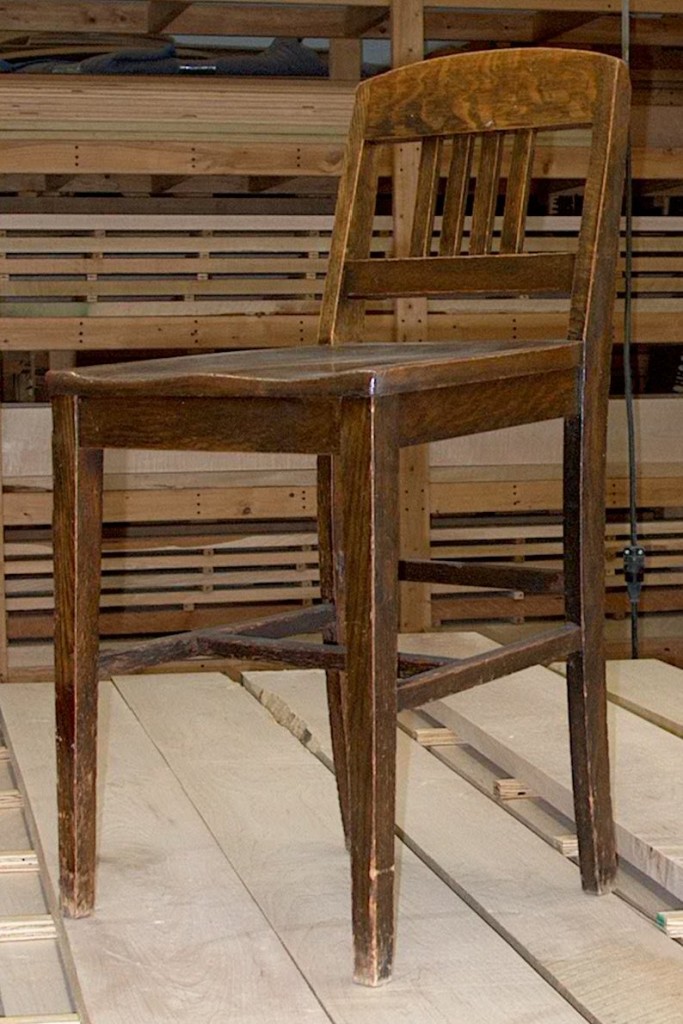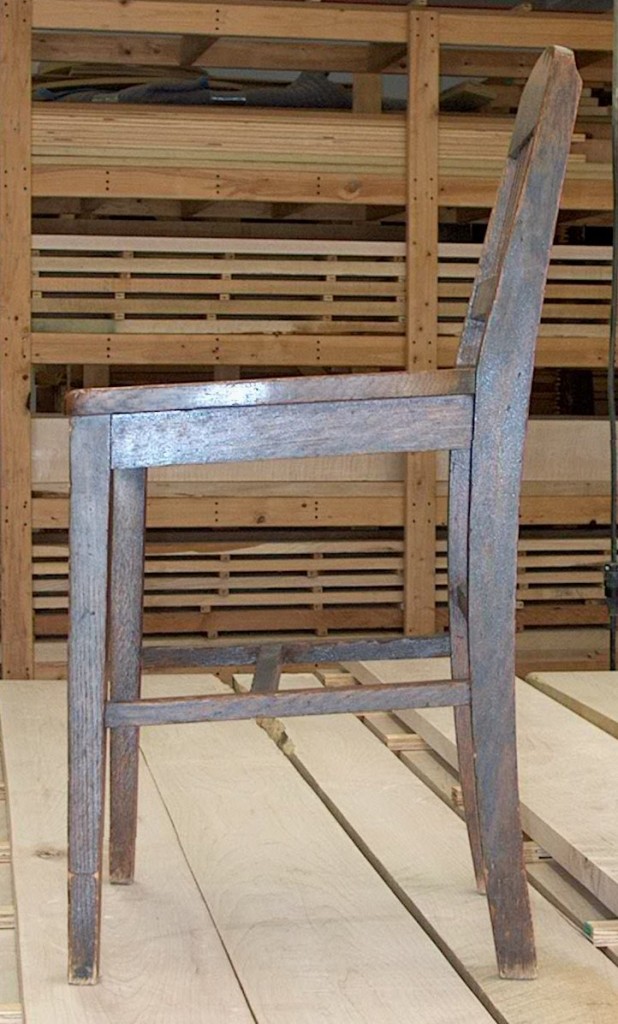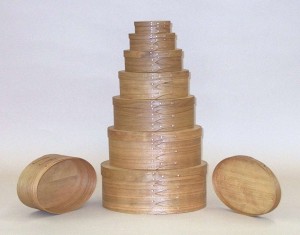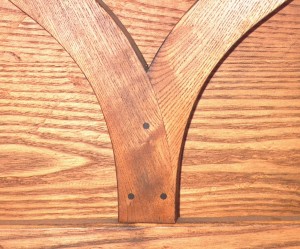“The special things we look forward to as a family and the everyday routines we abide by such as the time we get up, the foods we have for breakfast, the things we do on the weekends, and the activities we are involved in during the week are the threads of life that bind us together as a family [emphasis added].” Family Traditions, OSU Fact Sheet, Melinda Hill.
With so many activities, events, and distractions, today’s families don’t send as much time together as earlier generations did. Extra curricular schedules, enrichment programs, social media time, increased work demands and more all chip away at opportunities for the family to engage each other, share successes and challenges, and grow together.
As a family, set a weekly time for an essential family ritual – a sit down meal where the attention and focus is on each other. Highlight this focal meal’s significance with a unique menu, favorite food or home-made dessert not included in other meals. Once a month expand the focal meal to include extended family, to keep and grow bridges and bonds across generations and give both seniors and children a greater sense of belonging and support.
Bringing together the members of a newly blended family can be a significant challenge that can take many months of constant work, and the family dining table tradition might need help. Merging might be assisted by jointly choosing or designing a new family dining table and selecting the day and format for the focal family meal together. The children collectively could each week select the menu for the following week, or each one could request one item on the menu. There are many other family-oriented practices that could be used to bring everyone closer.
To make the “family together” focal meal enjoyable and positive, the table needs to meet the physical needs of the family. “Standard” table sizes may leave elbows and feet too close together, fostering combat rather than harmony. There may be insufficient room for casseroles and serving dishes, forcing a parent to make repeated trips to the stove. Chips in the finish, loose joints, and other defects should be explained as necessary sacrifices and rather than decreased respect for this fundamental family tradition.
A dining table is a piece of furniture, and should be treated as such. Spills are unavoidable, but should be wiped up promptly. Placements are always appropriate, and coasters for glasses suggest that the family’s home focal point is important. Clear the table at the end of the meal, not at the end of the night, and wipe clean with a damp cloth.
A compilation of dining table design considerations at www.stephanwoodworking.com/DesignGuides.htm provides guidelines that may prove helpful. When considering a larger table, a piece of cardboard can suggest how well a larger table would fit the room and people walking around it. In these challenging economic times, estate sales sometimes will include larger, well built dining tables. When looking at a new table, consider how likely a built-up finish is to chip, or perhaps an oil-varnish blend finish that cannot chip because it does not build up into a film.
A family dining table represents many hundreds or thousands of hours of family interaction and engagement. When used for years and years, it helps everyone remember the good and bad times that the family worked through and grew strength from, a symbol of the family. If passed on, it becomes a bridge between generations and helps the next generation lead and nurture their own children.

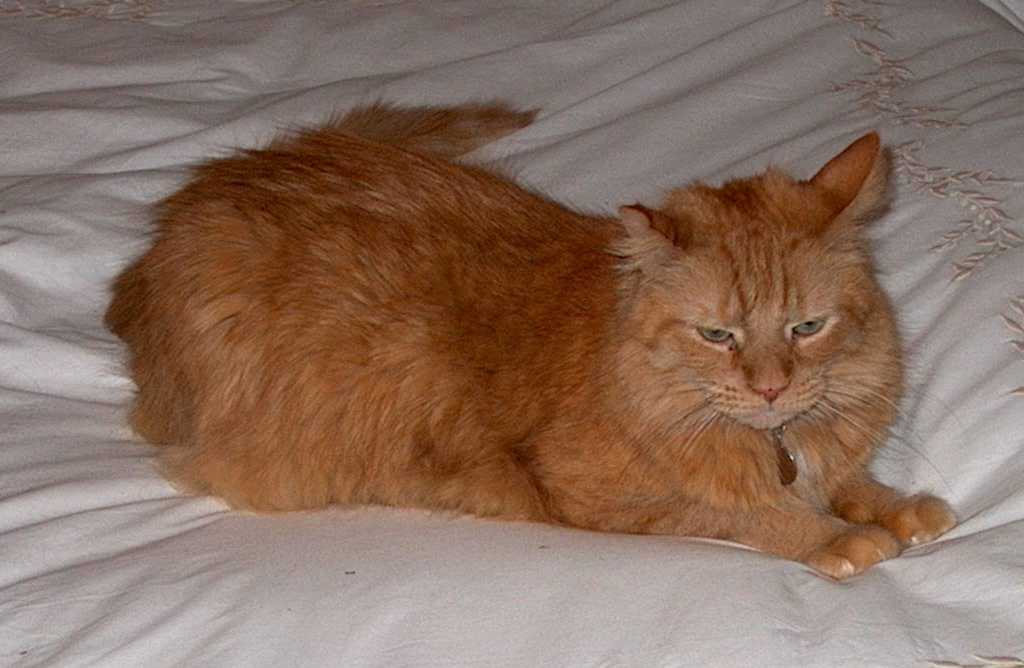
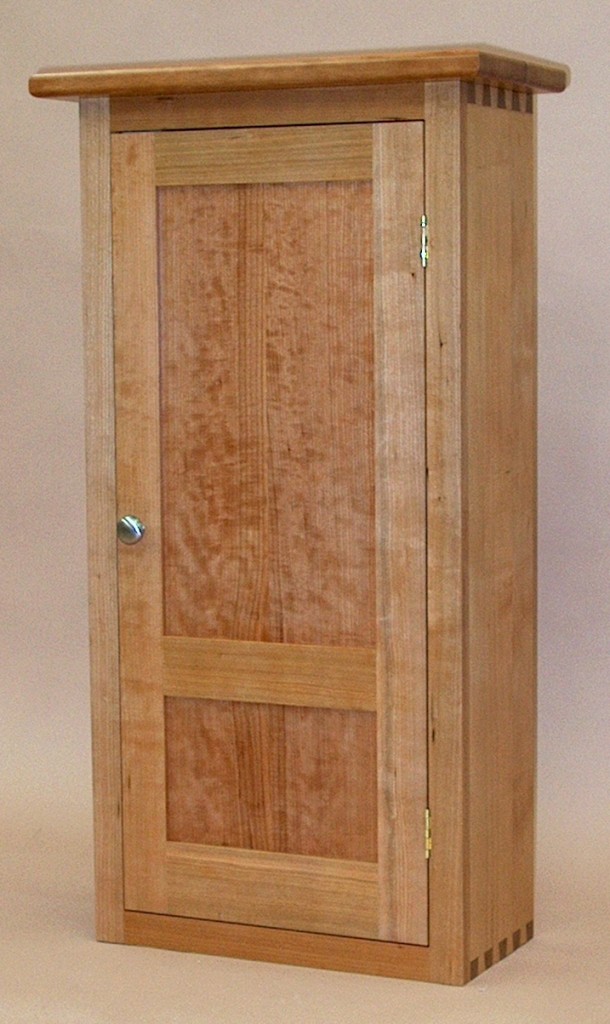
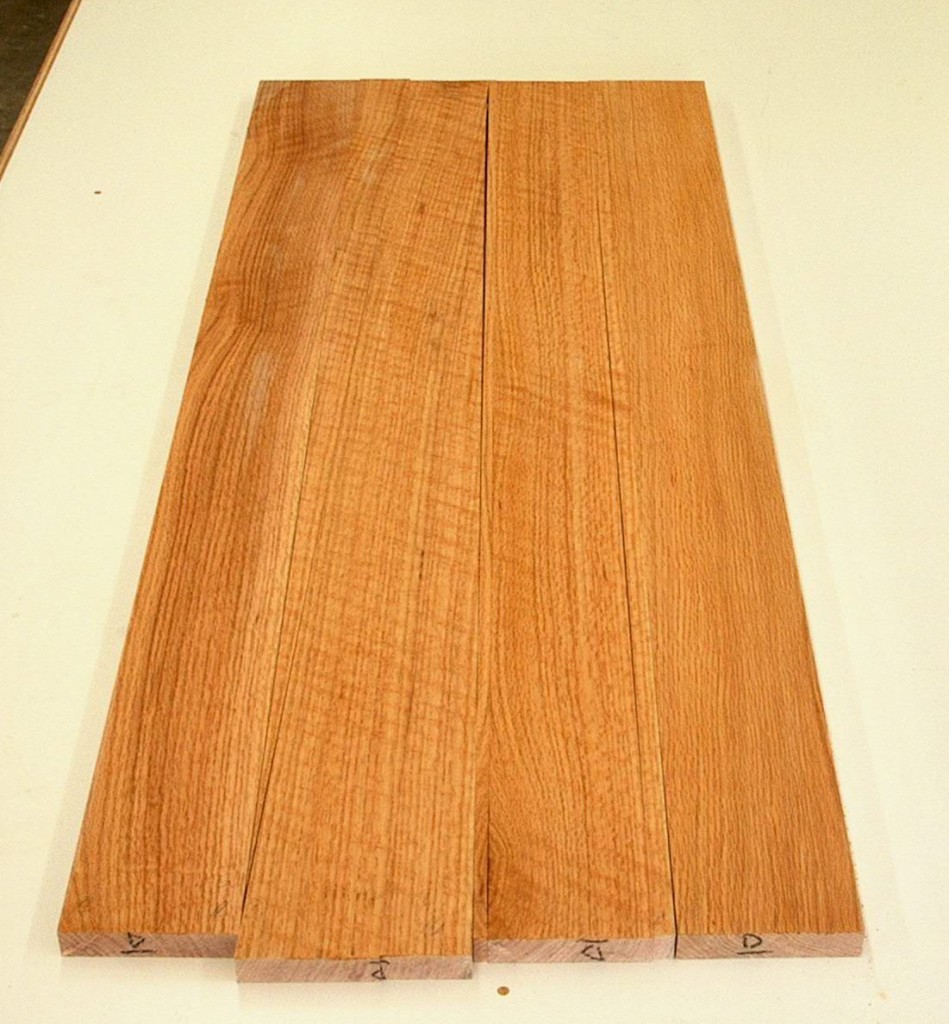
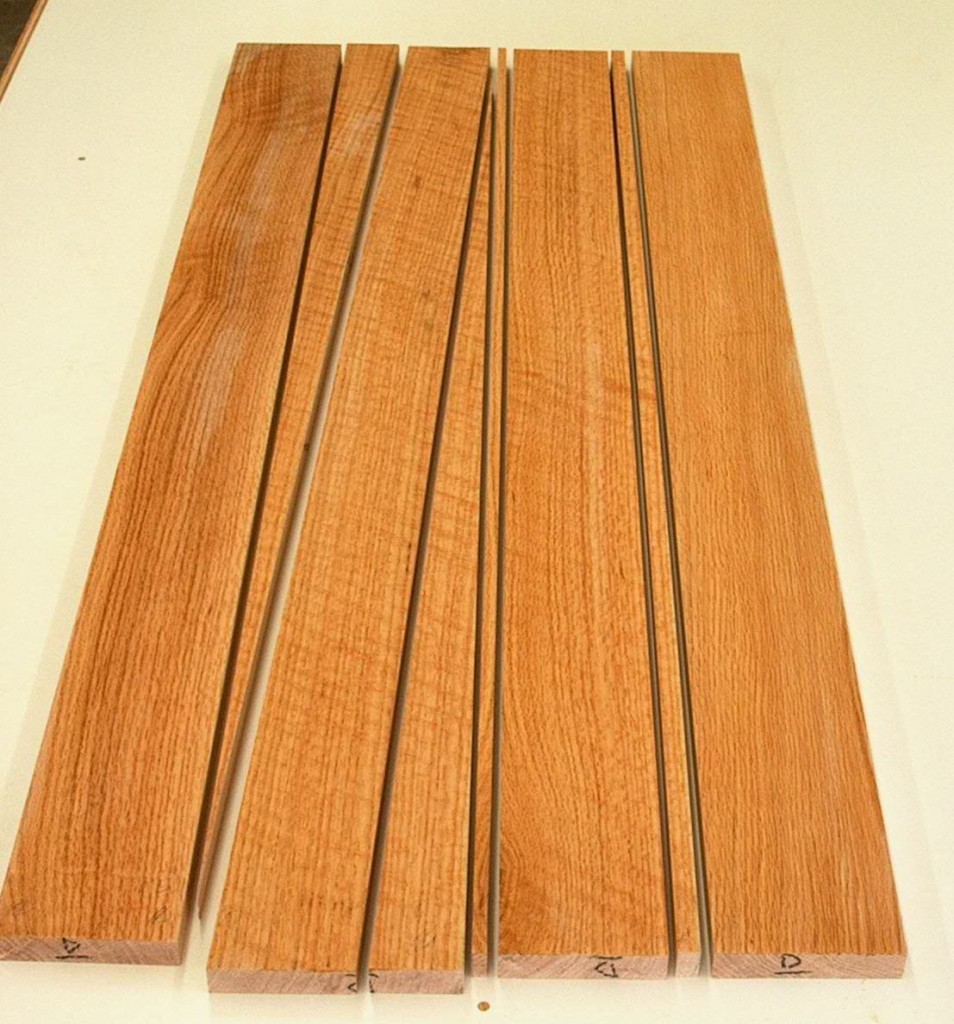
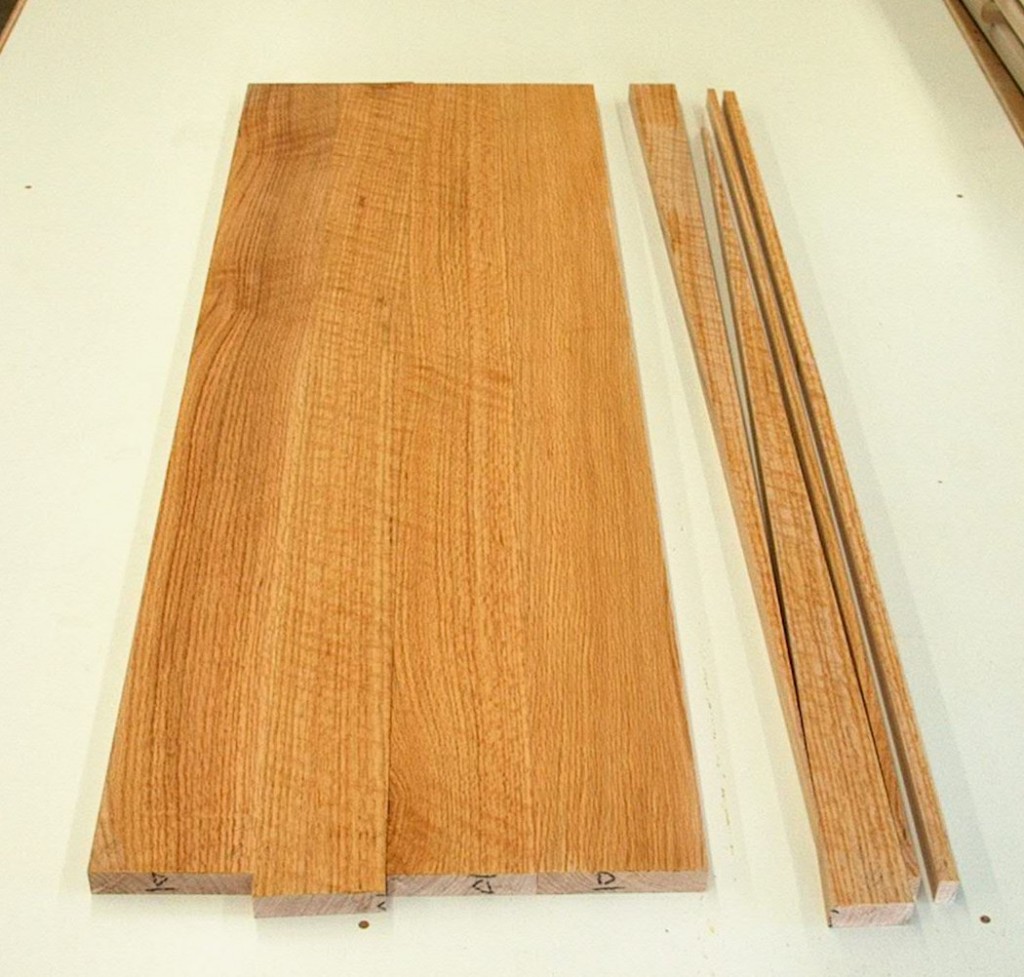
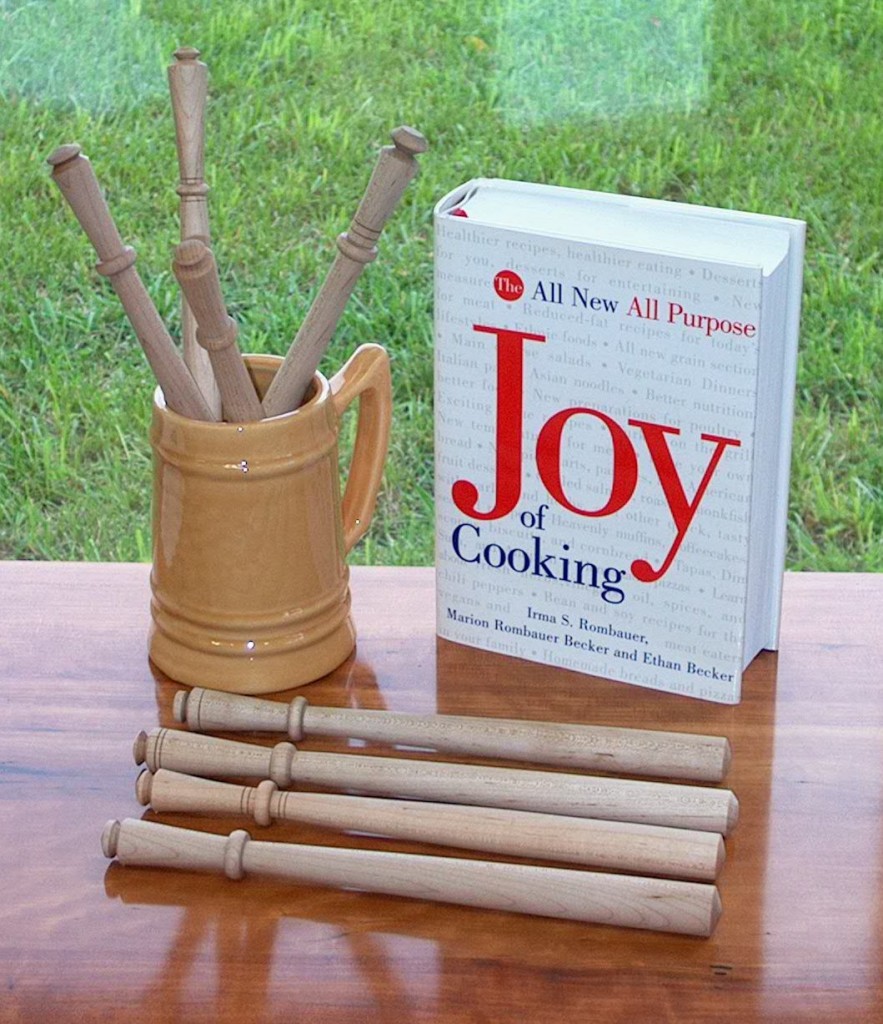
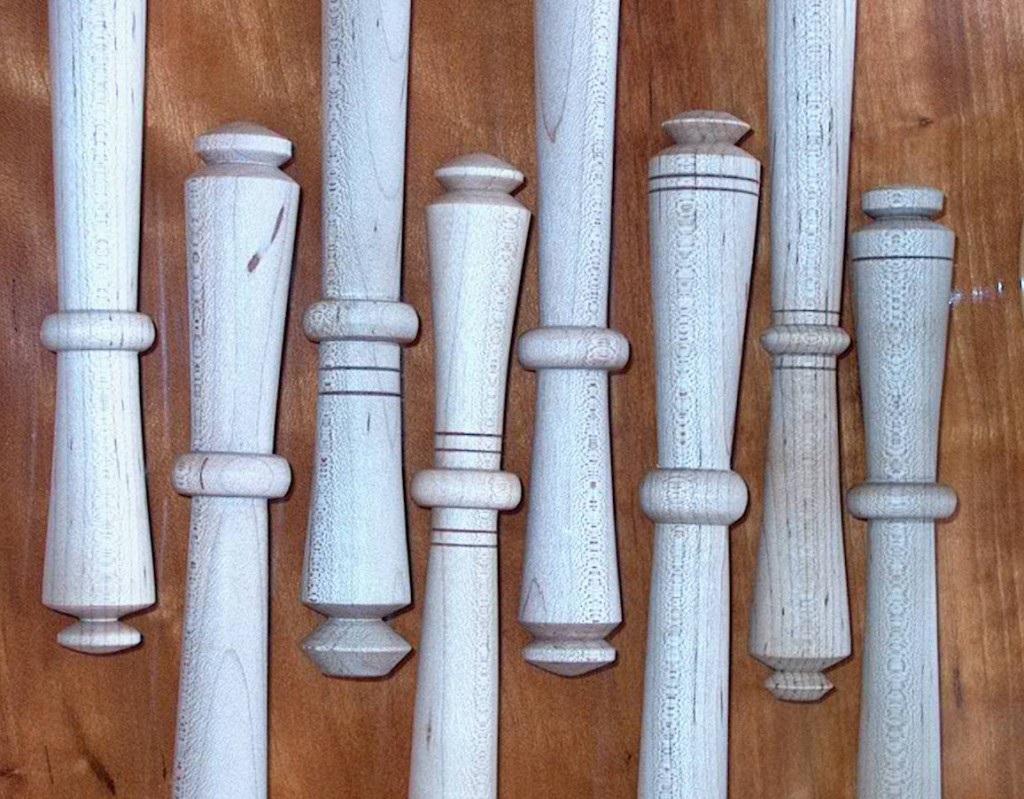
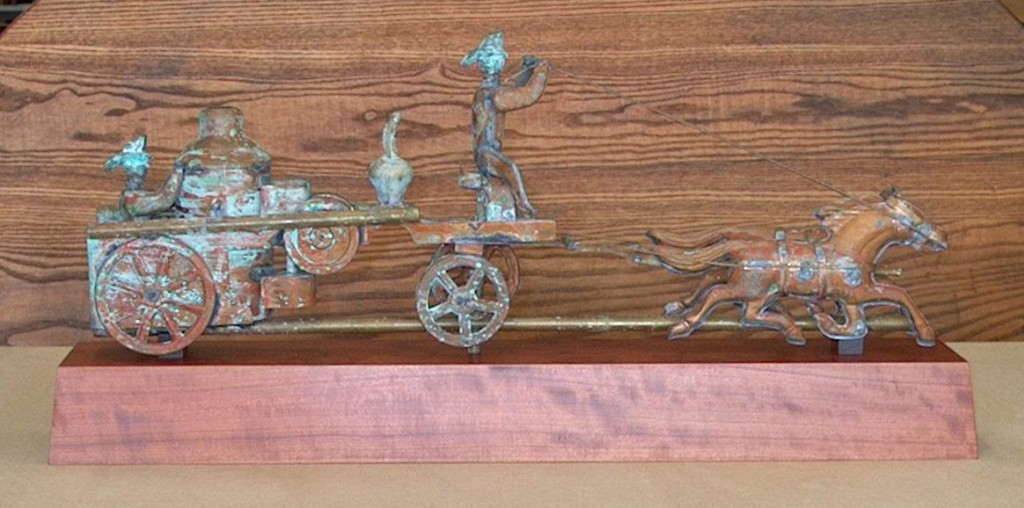
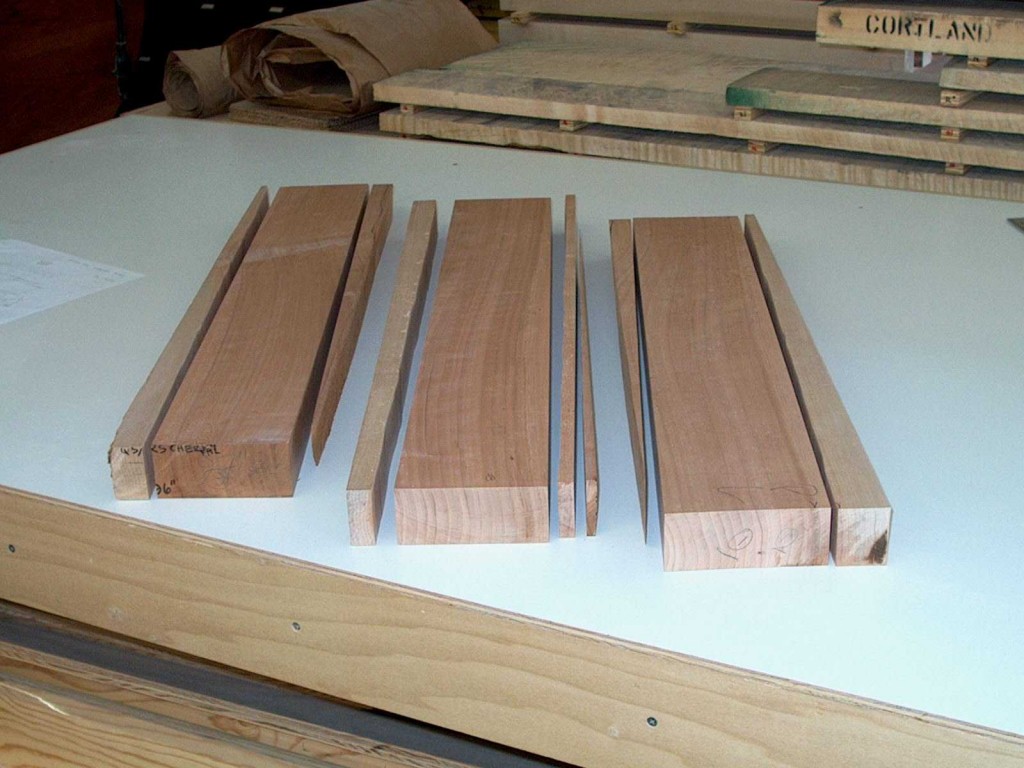 T
T
